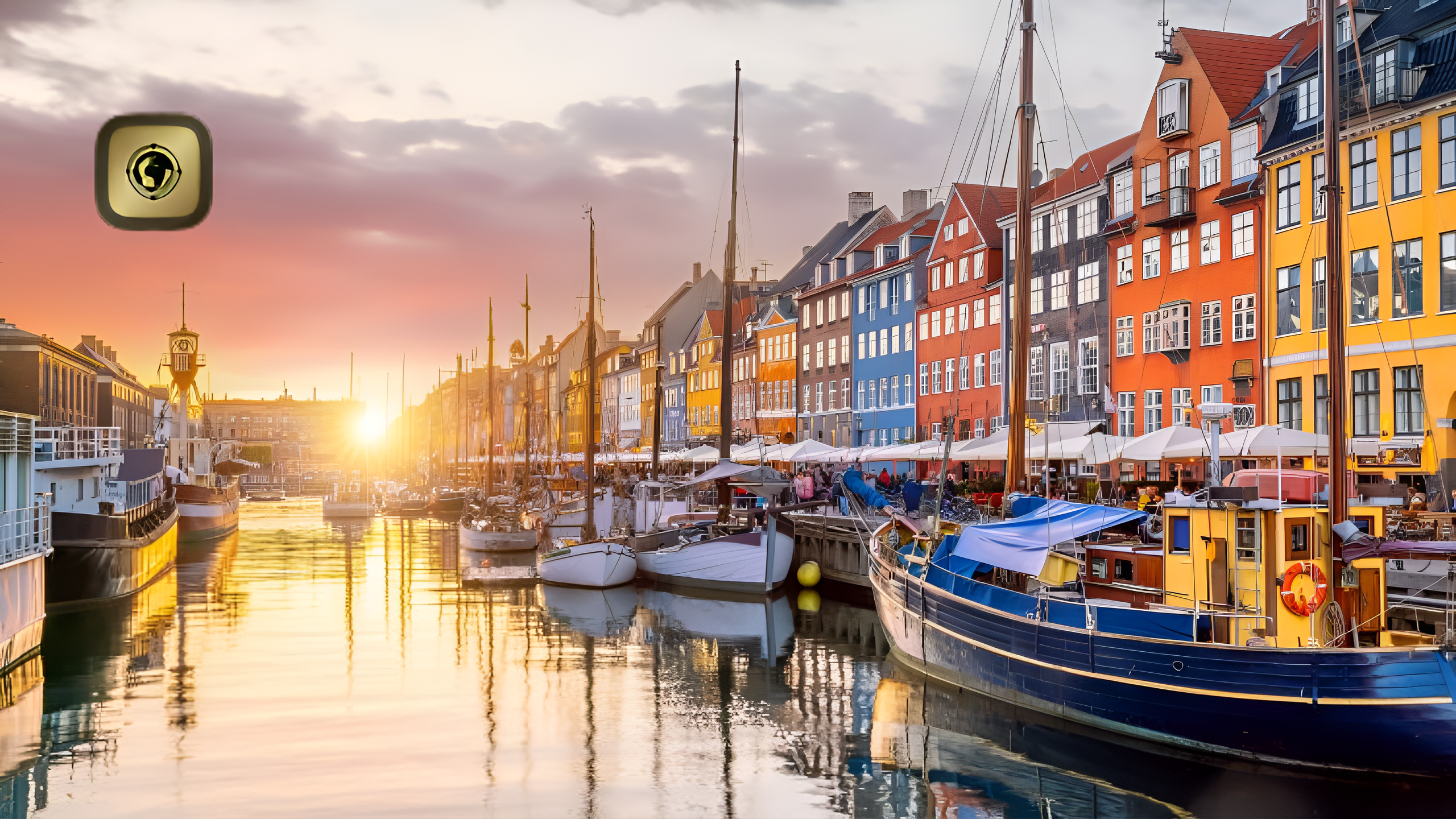March 31, 2025
Denmark’s Art, Culture, and Ideal Travel Times
Denmark’s vibrant art and culture scene offers a unique European experience. With its distinct seasonal variations, the country’s climate, influenced by the Gulf Stream, is generally mild, making it an attractive destination year-round. However, the optimal time to visit depends on several factors such as temperature, rainfall, daylight hours, and the wide array of festivals. Here’s a closer look at each season in Denmark and when to plan your trip.
Denmark in Spring (March to May)
Spring in Denmark offers a fresh start to the year, with nature blooming and the days slowly becoming longer.
- Temperature: 5°C to 16°C
- Rainfall: Precipitation decreases consistently, with March being the wettest month.
- Day Length: By May, days have extended to about eight hours of sunlight per day.
- What to Do: This is the perfect season for enjoying the beauty of blooming flowers and walking through Danish cities and parks.
- Festivals: Major events include the Aarhus Food Festival and Copenhagen’s Night of Culture.
Denmark in Summer (June to August)
Summer in Denmark offers the longest days and warmest temperatures, making it the peak season for travelers.
- Temperature: 15°C to 17°C
- Rainfall: Moderate rainfall, slightly increasing as the season progresses.
- Day Length: Long summer days from 4 AM to 10 PM allow for plenty of outdoor activities.
- What to Do: Perfect for beach vacations, outdoor activities, and countryside horse riding.
- Festivals: Attend the famous Roskilde Rock Festival for a taste of Denmark’s lively music scene. Summer is also an excellent time for sightseeing and enjoying Denmark’s scenic beauty.
Denmark in Autumn (September to November)
Autumn introduces cooler temperatures and a stunning natural display, as Denmark’s landscapes transform with vibrant fall foliage.
- Temperature: Around 14°C, dipping to 8°C in later months.
- Rainfall: October and November are the wettest months.
- Day Length: Days start to shorten, reducing daylight hours for outdoor activities.
- What to Do: Explore the beautiful fall colors in places like Bornholm and Jutland.
- Festivals: Participate in the Night of Culture and various local celebrations.
Denmark in Winter (December to February)
Winter in Denmark is marked by cold temperatures, shorter days, and a cozy atmosphere ideal for enjoying indoor attractions.
- Temperature: January and February are the coldest months.
- Rainfall: Expect significant rainfall and possibly snow from November through April.
- Day Length: Days are very short, with the sun setting as early as 3 PM in December.
- What to Do: Visit Christmas markets, explore castles and museums, or indulge in the Danish concept of “hygge” for a cozy experience.
- Festivals: Enjoy Christmas celebrations at Tivoli Gardens or experience the Winter Jazz Event.
Best Time to Visit Denmark
- Peak Season (June to August): This is the best time to visit Denmark, with warm temperatures and extended daylight. However, it is also the busiest period, with higher accommodation costs and larger crowds.
- Shoulder Season (April to May, September to October): These months offer milder weather, fewer tourists, and more affordable lodging options, making them an excellent time for a trip.
- Off-Season (November to March): The off-season provides the most budget-friendly accommodations but comes with shorter days and more rain, making it less ideal for outdoor activities.
Best Months to Visit Denmark
- June:
- Temperature: Average 19°C
- Why Visit: Pleasant weather and numerous cultural festivals. Great for outdoor events and enjoying Denmark’s lively atmosphere.
- July:
- Temperature: Average 21°C
- Why Visit: Peak summer with warm temperatures. Ideal for outdoor activities like beach trips and al fresco dining.
- August:
- Temperature: Average 21°C
- Why Visit: Continued pleasant summer weather with a lively atmosphere, perfect for enjoying summer festivals and outdoor exploration.
- September:
- Temperature: Average 12°C
- Why Visit: Good weather with fewer crowds, making it perfect for cycling and cultural experiences before the autumn chill sets in.
- May and October: These are also favorable months with mild weather, offering a perfect blend of pleasant temperatures and fewer tourists.
Events in Denmark
Denmark hosts a variety of events year-round, providing something for every kind of traveler:
- January/February:
- Art Herning (art fair in late January)
- Copenhagen Fashion Week (Autumn/Winter collections)
- March:
- CPH: DOX Documentary Film Festival (mid-March)
- June:
- 3daysofdesign (design festival)
- Heartland Festival (music, art, and food festival)
- Late June – Early July:
- Roskilde Festival (largest Nordic music and culture festival)
- August:
- Copenhagen Fashion Week (Spring/Summer collections)
- Louisiana Literature Festival (mid-late August)
- CHART Art Fair (late August)
Things to Do in Denmark
- Stroll along the Archipelago Trail: Discover the beauty of Denmark’s coastline and islands.
- Embrace Hygge: Experience the Danish concept of coziness while staying in a quaint cottage or luxurious hotel.
- Enjoy Danish Cuisine: Savor traditional Danish dishes made with local and seasonal ingredients.
- Explore Denmark’s Natural Beauty: Cycle or hike through Denmark’s lush forests and picturesque landscapes.
- Whale Safari: Participate in whale-watching tours during the summer months.
Denmark offers something for everyone, whether you’re an art lover, outdoor enthusiast, or foodie. By considering the seasons and events, you can plan your trip to match your interests and preferences!



Leave A Comment